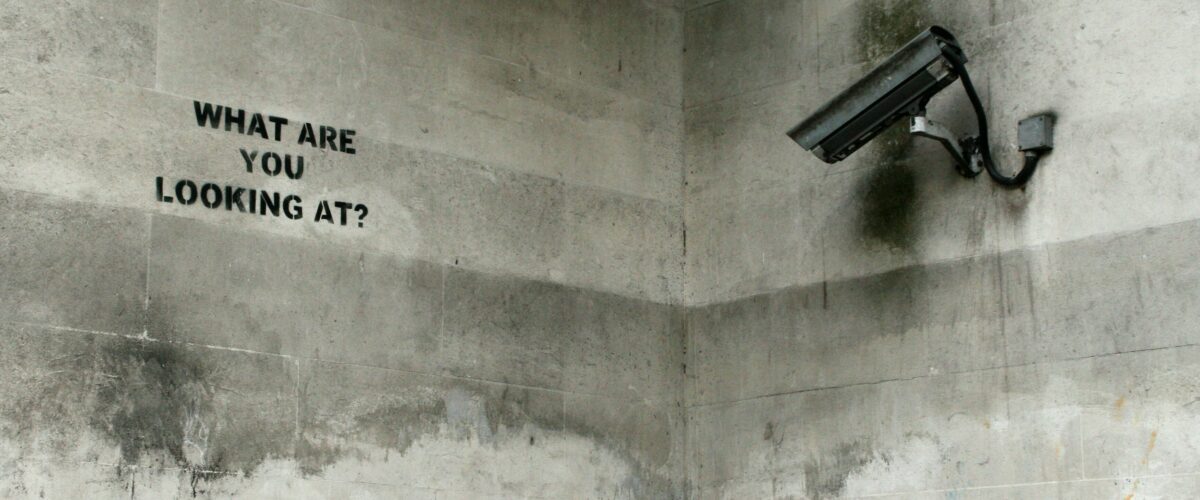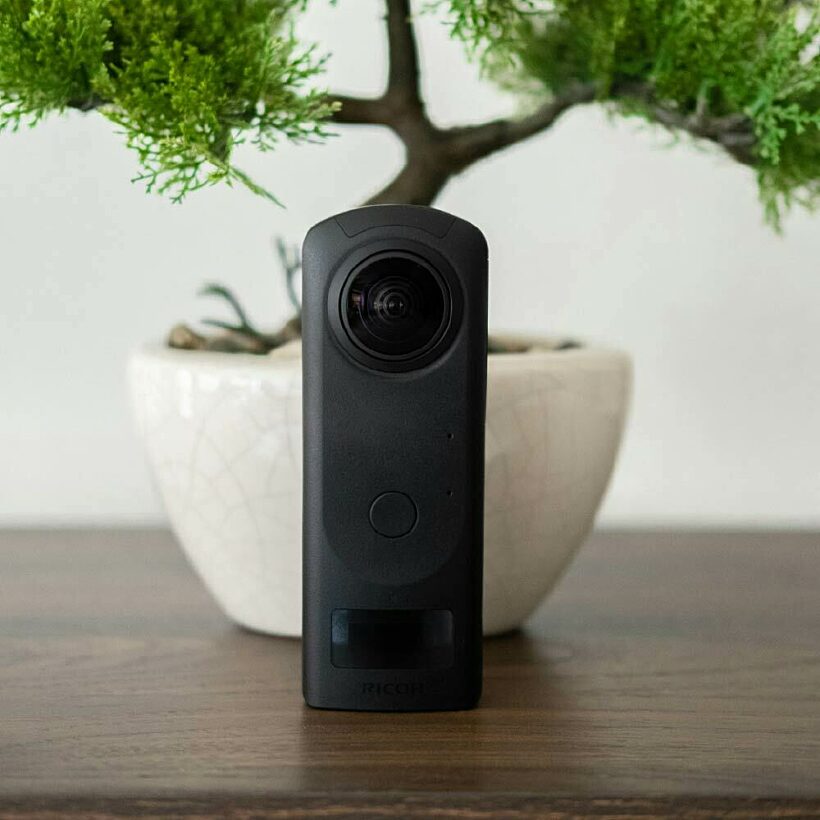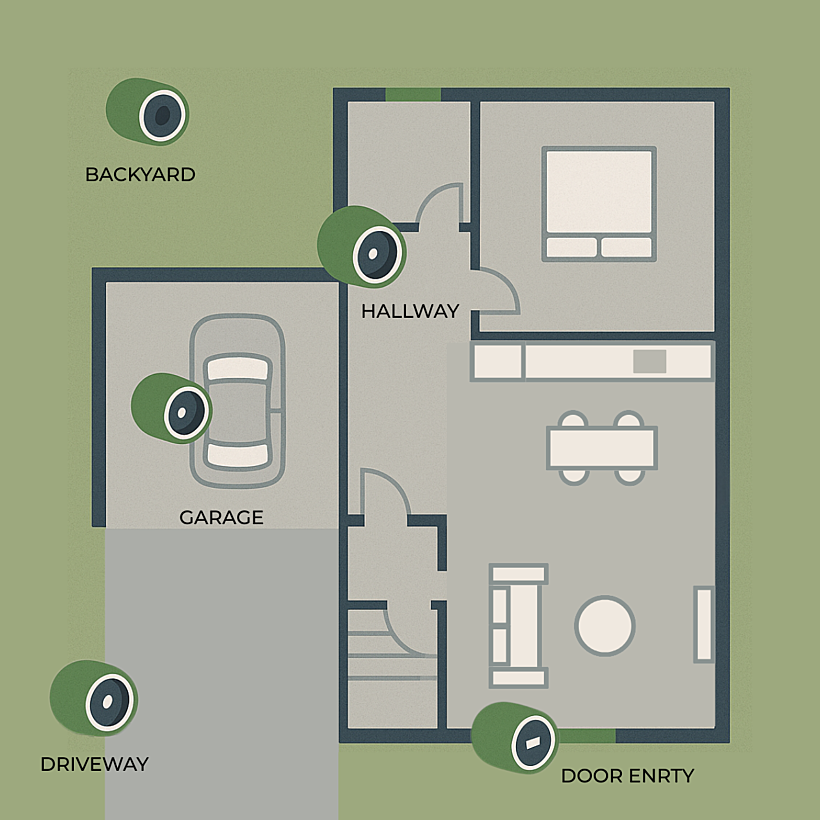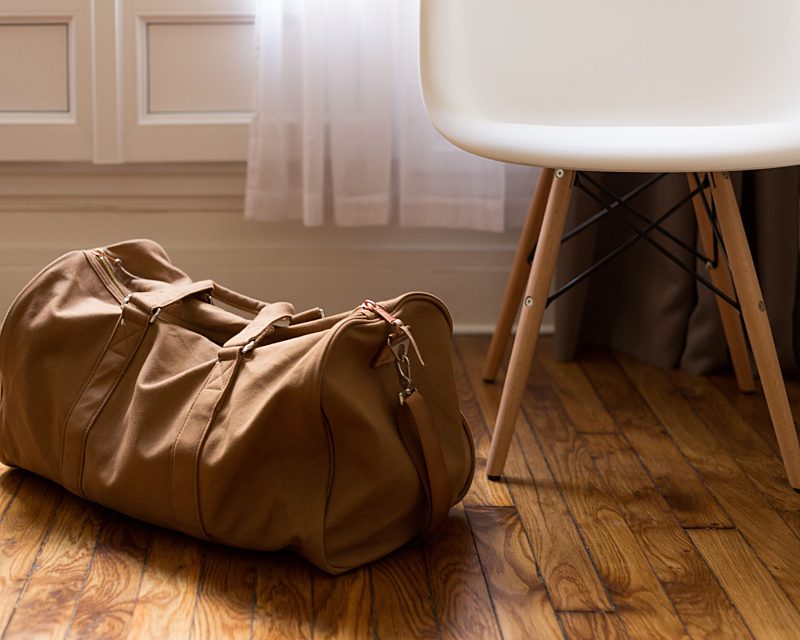
Everything you need to know about smart security cameras
Smart security cameras have become an essential component of modern home security, offering homeowners peace of mind and unprecedented control over their property's safety. Whether you're looking to monitor your home while away, keep an eye on pets, or enhance your property's security, smart cameras provide a versatile solution that goes far beyond traditional surveillance systems.
Unlike conventional security cameras, smart cameras offer features like real-time monitoring, instant notifications, and seamless integration with other smart home devices. This connectivity transforms them from simple recording devices into active participants in your home's security ecosystem. With the ability to access live feeds from your smartphone, receive instant alerts when motion is detected, and even communicate through two-way audio, these devices represent a significant leap forward in home security technology.

Indoor vs outdoor cameras: choosing what's right for you
Indoor and outdoor security cameras serve distinct purposes and come with different features designed for their specific environments.
Indoor cameras are typically more compact and aesthetically pleasing, designed to blend seamlessly with your home's interior. They excel at monitoring internal spaces, keeping track of pets, or watching over children.
Outdoor cameras, on the other hand, are built to withstand the elements and provide comprehensive exterior surveillance. These robust devices feature weather-resistant housing, wider viewing angles, and often include additional features like built-in lighting or sirens. Key considerations for outdoor cameras include:
- Weather resistance with IP65 or higher rating for protection against rain, snow, and extreme temperatures
- Night vision capabilities for clear footage in low-light conditions
- Motion detection with adjustable sensitivity to minimize false alerts from trees or passing cars
- Wide-angle lenses to capture more of your property in a single view
Want to learn more about camera placement and installation tips? Read KNX's detailed guide on how and where to install a smart security camera at home.
Key benefits of smart security cameras
Modern security cameras have evolved far beyond simple surveillance devices, especially when integrated into comprehensive home automation systems. By connecting your cameras with other smart home technologies, including standards like KNX, you can create a security solution that's both intelligent and efficient.
Remote monitoring has become one of the most valuable features of smart security cameras. Whether you're at work, on vacation, or simply in another room, you can access live video feeds and receive real-time alerts through your smartphone. Many systems also feature two-way audio communication, allowing you to interact with visitors or deter potential intruders from anywhere in the world.
Smart cameras have also become more intelligent in their operation. Instead of recording continuously, modern systems use advanced motion detection to record only when necessary. When integrated with home automation systems, these cameras can trigger automated responses - from turning on lights to activating alarms - creating a more comprehensive security network.

Essential features to consider
When choosing a smart security camera, several key features can make a significant difference in your home security setup:
- Motion Detection and Alerts: Advanced systems can differentiate between routine movement and suspicious activity, sending notifications only when necessary.
- Video Quality: Look for cameras offering at least 1080p resolution, with night vision capabilities for round-the-clock monitoring.
- Smart Integration: Consider how your camera will work with your existing home automation system. Compatible devices can enhance your overall security setup through automated responses and centralized control.
- Storage Options: Consider whether you prefer local storage or cloud-based solutions for your recorded footage. Each has its advantages in terms of accessibility and security.
Don't know which smart security devices suits you best? Check out our 5 top picks smart security devices by KNX Members
Privacy and security considerations
With the increasing sophistication of smart cameras comes the responsibility of maintaining digital security. Modern systems offer various security features like end-to-end encryption and two-factor authentication, which are essential in preventing unauthorized access to your video feeds.
When setting up your camera system, particularly when integrating it with your home automation setup, consider these security measures:
- Regular firmware updates to protect against vulnerabilities
- Strong, unique passwords for all connected devices and accounts
- Secure Wi-Fi network with WPA3 encryption
- Regular review of access permissions and connected devices
It's also worth noting that many advanced home automation protocols, including KNX, offer additional layers of security through encrypted communication between devices, helping protect your entire smart home ecosystem.

Installation and placement tips
The effectiveness of your security cameras largely depends on their placement and installation. Strategic positioning ensures maximum coverage while minimizing blind spots. When installing outdoor cameras, consider mounting them at least 9 feet high. This provides a good viewing angle while keeping them out of easy reach from potential intruders.
For indoor cameras, focus on high-traffic areas and entry points. Common placement locations include:
• Main entrances and exit points
• First-floor windows
• Living rooms and common areas
• Basement stairs
• Garages and utility rooms
Remember to consider privacy concerns when placing cameras. Avoid pointing them toward neighbors' properties or areas where people expect privacy, such as bedrooms and bathrooms. Additionally, ensure your installation complies with local regulations regarding video surveillance.
Conclusion
Smart security cameras are more than just surveillance tools - they're an essential component of modern home security. Whether you're starting with a single camera or planning a comprehensive security system integrated with home automation, the key is choosing the right equipment for your specific needs and ensuring proper installation.
Remember: the best security system is one that works seamlessly with your lifestyle while providing reliable protection for your home and family. Consider starting with basic coverage of key areas and expanding your system as needed.


